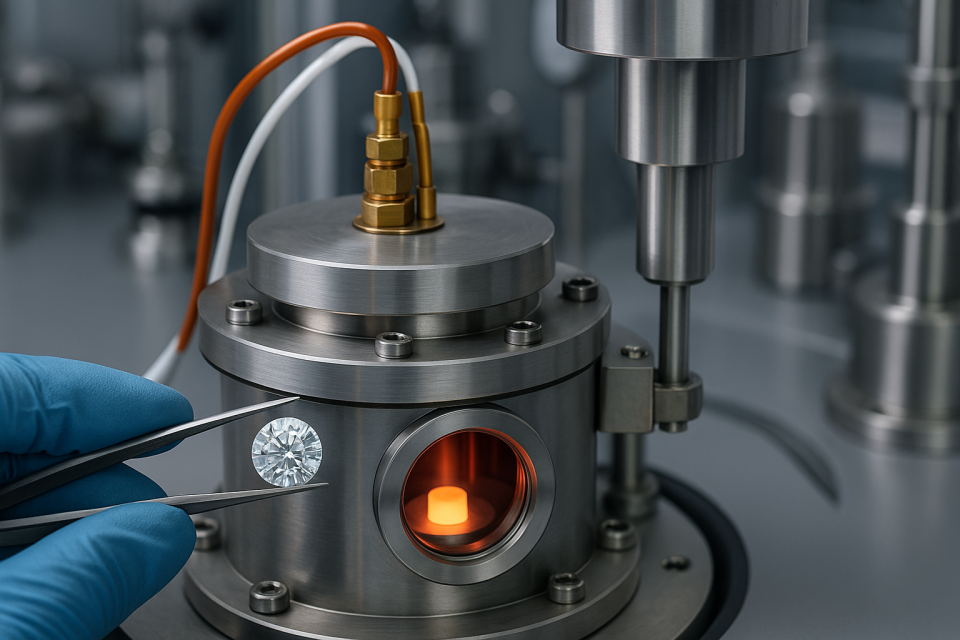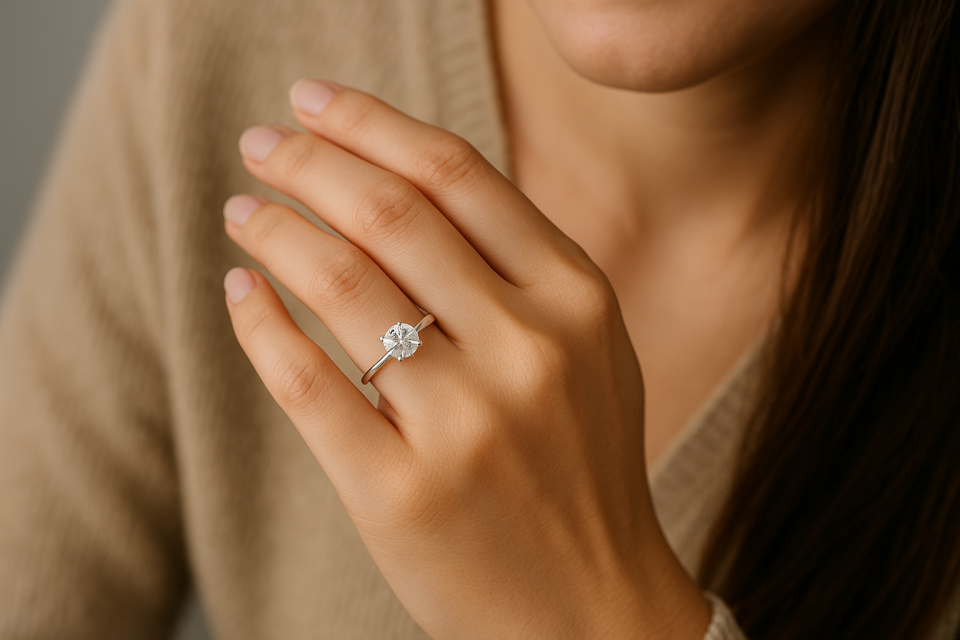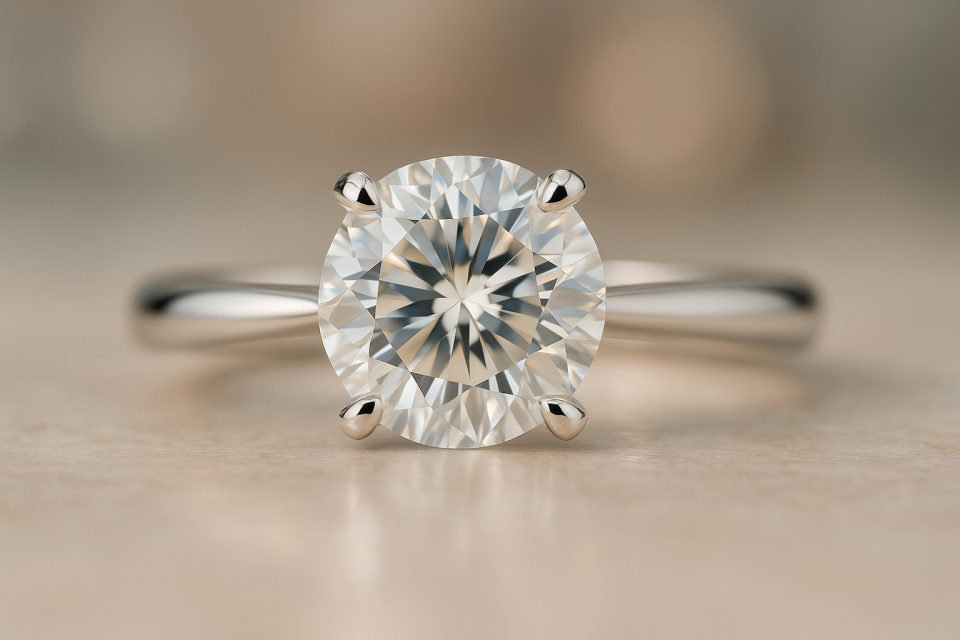Introduction:
Lab-grown diamonds are indistinguishable from natural diamonds in appearance and offer significant advantages in sustainability, cost, and ethical sourcing. This article explores the technology behind lab-grown diamonds and why they are becoming the ideal choice for a new generation of consumers.
1. What Are Lab-Grown Diamonds?
Lab-grown diamonds are created in controlled environments using advanced technology such as High Pressure High Temperature (HPHT) or Chemical Vapor Deposition (CVD). They have the same chemical composition, physical properties, and optical qualities as natural diamonds, including the same Mohs hardness (10) and dazzling brilliance.

Unlike simulants such as moissanite or cubic zirconia, lab-grown diamonds are real diamonds with an identical crystal structure. They are also certified by leading gemological institutes such as GIA and IGI.
2. Appearance and Quality: Identical Brilliance
One of the biggest consumer concerns is, “Will lab-grown diamonds look different?” The answer: no.
– Identical Fire: Lab-grown diamonds have the same refractive index and dispersion as natural diamonds, making them visually identical.
– Graded the Same Way: They are graded on the same color (D-Z), clarity (IF-I), and cut scales.
– Certified Quality: Lab-grown diamonds come with GIA or IGI certificates, ensuring transparency and trust.
3. Environmental and Sustainability Advantages
1. No Mining Impact: Traditional diamond mining disrupts ecosystems and landscapes, while lab-grown diamonds require no large-scale excavation.
2. Lower Carbon Footprint: With renewable energy usage increasing, lab-grown diamond production generates far less carbon compared to mining.
3. Ethical Sourcing: Lab-grown diamonds avoid the moral concerns surrounding conflict diamonds, giving consumers peace of mind.
4. More Affordable Pricing
Lab-grown diamonds cost 20%-40% less than natural diamonds of the same quality. This allows buyers to choose a bigger or higher-grade stone within the same budget. For couples, it means achieving their dream engagement ring design without compromising on quality or price.

5. Engagement Ring Trends and Changing Consumer Values
Today’s consumers care about more than just aesthetics; they want jewelry that aligns with their environmental and ethical values.
– Eco-Friendly Choices: Younger buyers seek jewelry that does not harm the planet.
– Ethical Responsibility: More people avoid conflict diamonds and choose transparent, traceable sourcing.
– Cost-Effective Luxury: High-quality products at budget-friendly prices are highly appealing.
6. Future Prospects
Lab-grown diamonds are quickly gaining market share and are expected to become a mainstream choice alongside natural diamonds. Many global jewelry brands are launching lab-grown diamond collections, marking a shift in industry values and consumer trends.
Conclusion
With their environmental benefits, affordability, and ethical sourcing, lab-grown diamonds are reshaping consumer perceptions of diamonds. Whether for engagement rings, daily wear, or investment, lab-grown diamonds offer the same beauty and value as natural stones. For modern consumers who value responsibility, sustainability, and beauty, they are a perfect choice.

